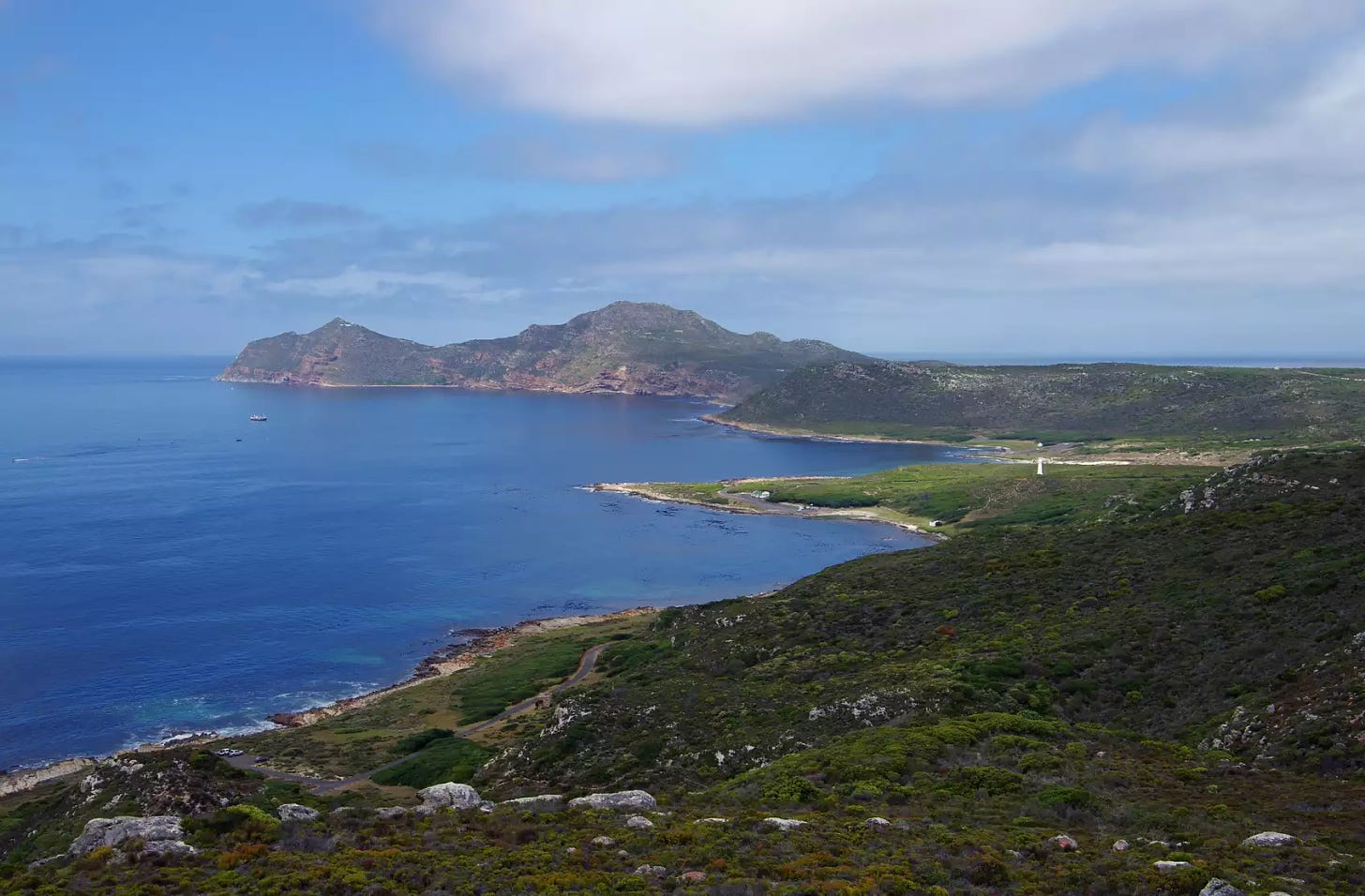Ancient DNA Illuminates South Africa’s Human History
Manage episode 440913067 series 3444207
A groundbreaking study1 of ancient human DNA from the Oakhurst rock shelter in South Africa is shedding new light on population history in one of the world’s earliest regions of modern human activity. A team of researchers from the University of Cape Town and the Max Planck Institute for Evolutionary Anthropology has reconstructed the genomes of 13 individuals who lived between 1,300 and 10,000 years ago, revealing crucial insights into human migrations and population stability in southern Africa.
Unlocking History Through Ancient DNA
While ancient DNA has significantly advanced understanding of human history in Europe and Asia, southern Africa, home to some of the world’s earliest evidence of modern humans, has been underrepresented in the field of archaeogenetics. Less than two dozen ancient genomes have been recovered from regions like Botswana, Zambia, and South Africa. The new research from Oakhurst rock shelter, located in the southernmost part of the continent, provides the oldest genome from South Africa to date, marking a milestone in understanding human population history in the region. Victoria Gibbon, Professor of Biological Anthropology at the University of Cape Town and co-senior author of the study says,
“Oakhurst rock shelter is an ideal site to study human history. It contained more than 40 human graves and preserved layers of human artifacts, such as stone tools, going back 12,000 years.”
Sites like Oakhurst are extremely rare, particularly in South Africa, making this discovery crucial for piecing together nearly 9,000 years of local population dynamics and movements. The rich archaeological context, combined with new genetic data, is revealing a long and stable genetic history of the region’s inhabitants.
Overcoming DNA Sequencing Challenges
The successful sequencing of DNA from the 13 individuals was no small feat. Ancient DNA, particularly from warm climates like those found in southern Africa, often suffers from poor preservation. Stephan Schiffels, a co-senior author of the study, explains:
“Such ancient and poorly preserved DNA is quite difficult to sequence, and it took several attempts using different technologies and laboratory protocols to extract and process the DNA.”
Despite these challenges, the research team was able to construct a time series of genomes spanning 10,000 to 1,300 years ago. This unique dataset enables scientists to explore long-term population patterns and interactions between ancient peoples and the groups that inhabit the region today.
A Surprising Discovery of Genetic Continuity
One of the most surprising findings of the study was the remarkable genetic continuity in southernmost Africa. The ancient genomes from Oakhurst show a strong genetic similarity to the San and Khoekhoe populations, who still live in the region today. This stands in contrast to findings from similar studies in Europe, where large-scale genetic changes over the past 10,000 years were driven by extensive human migrations. Joscha Gretzinger, lead author of the study says,
“Similar studies from Europe have revealed a history of large-scale genetic changes due to human movements. These new results from southernmost Africa are quite different, and suggest a long history of relative genetic stability.”
This stability only began to change around 1,200 years ago, when new populations arrived in the region, introducing pastoralism, agriculture, and new languages. These newcomers began interacting with the indigenous hunter-gatherer populations, marking the start of more significant genetic and cultural shifts.
Genetics and the Archaeological Record: A New Frontier
The findings highlight the unique history of southern Africa, which, despite its status as one of the most culturally, linguistically, and genetically diverse regions in the world, has largely preserved its genetic identity over millennia. As new technologies in archaeogenetics make more archaeological sites in southern Africa accessible, researchers expect to gain even more insight into the complex interplay of migration, culture, and genetics that shaped human history in the region.
As Victoria Gibbon emphasizes,
“The rich archaeological record of South Africa is becoming increasingly accessible to archaeogenetics, providing new insights into human history and past demography.”
With each new discovery, researchers are not only uncovering the story of ancient populations but also shedding light on the resilience and adaptability of early human groups in the face of environmental and social changes. The study of ancient DNA in South Africa is opening up new pathways to understanding the deep history of modern human populations, particularly in regions long overlooked by traditional archaeogenetic research.
Conclusion
The genetic study of the Oakhurst rock shelter individuals offers a rare and profound glimpse into the population history of southern Africa, revealing a remarkable continuity with present-day groups like the San and Khoekhoe. While the arrival of new populations around 1,200 years ago brought about significant changes, the ancient populations of the region had maintained a stable genetic identity for thousands of years. As the field of archaeogenetics continues to evolve, more discoveries like this will help reconstruct the vast and complex tapestry of human evolution and migration across the globe.
Gretzinger, J., Gibbon, V. E., Penske, S. E., Sealy, J. C., Rohrlach, A. B., Salazar-García, D. C., Krause, J., & Schiffels, S. (2024). 9,000 years of genetic continuity in southernmost Africa demonstrated at Oakhurst rockshelter. Nature Ecology & Evolution, 1–14. https://doi.org/10.1038/s41559-024-02532-3
6 afleveringen





